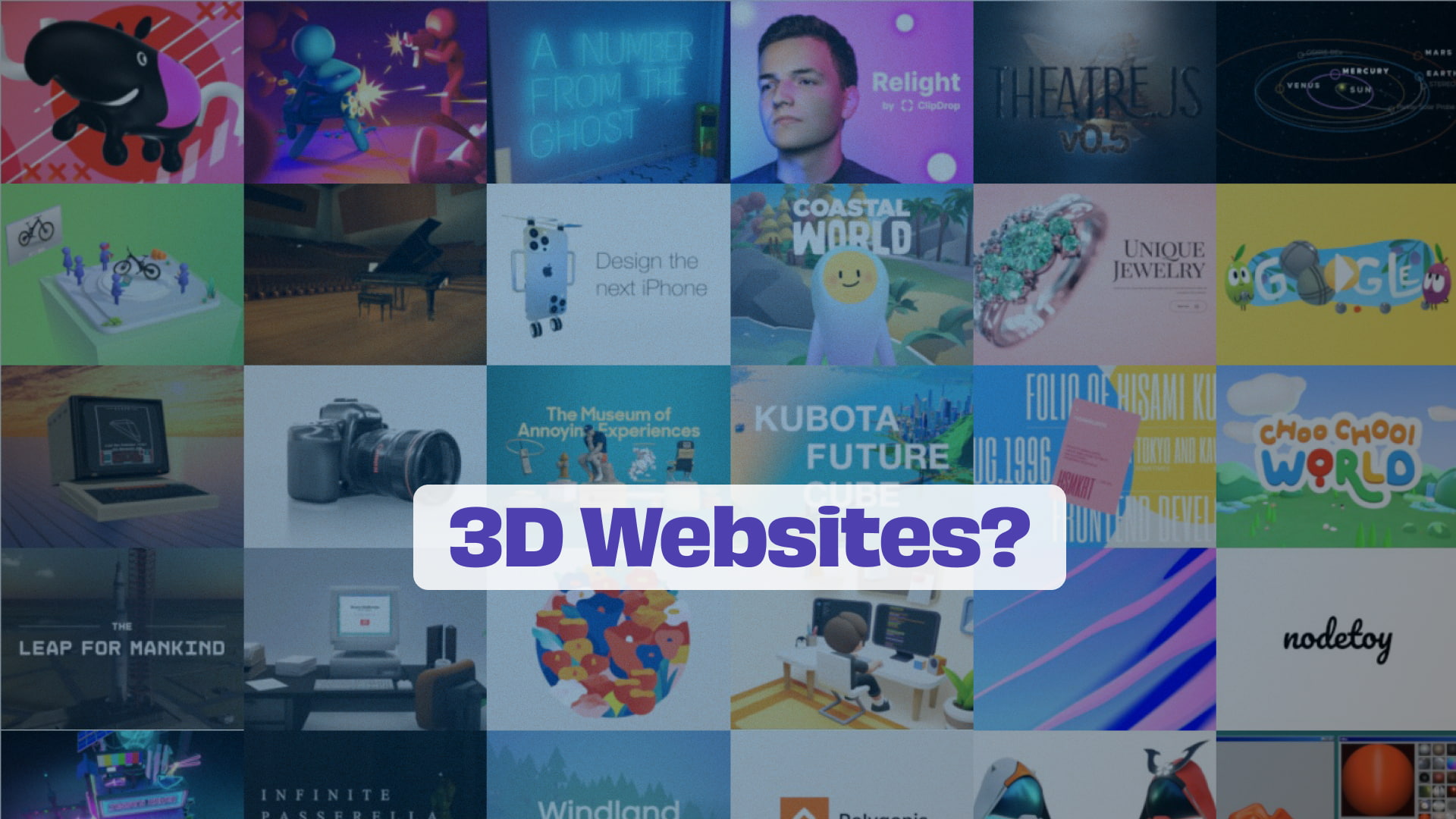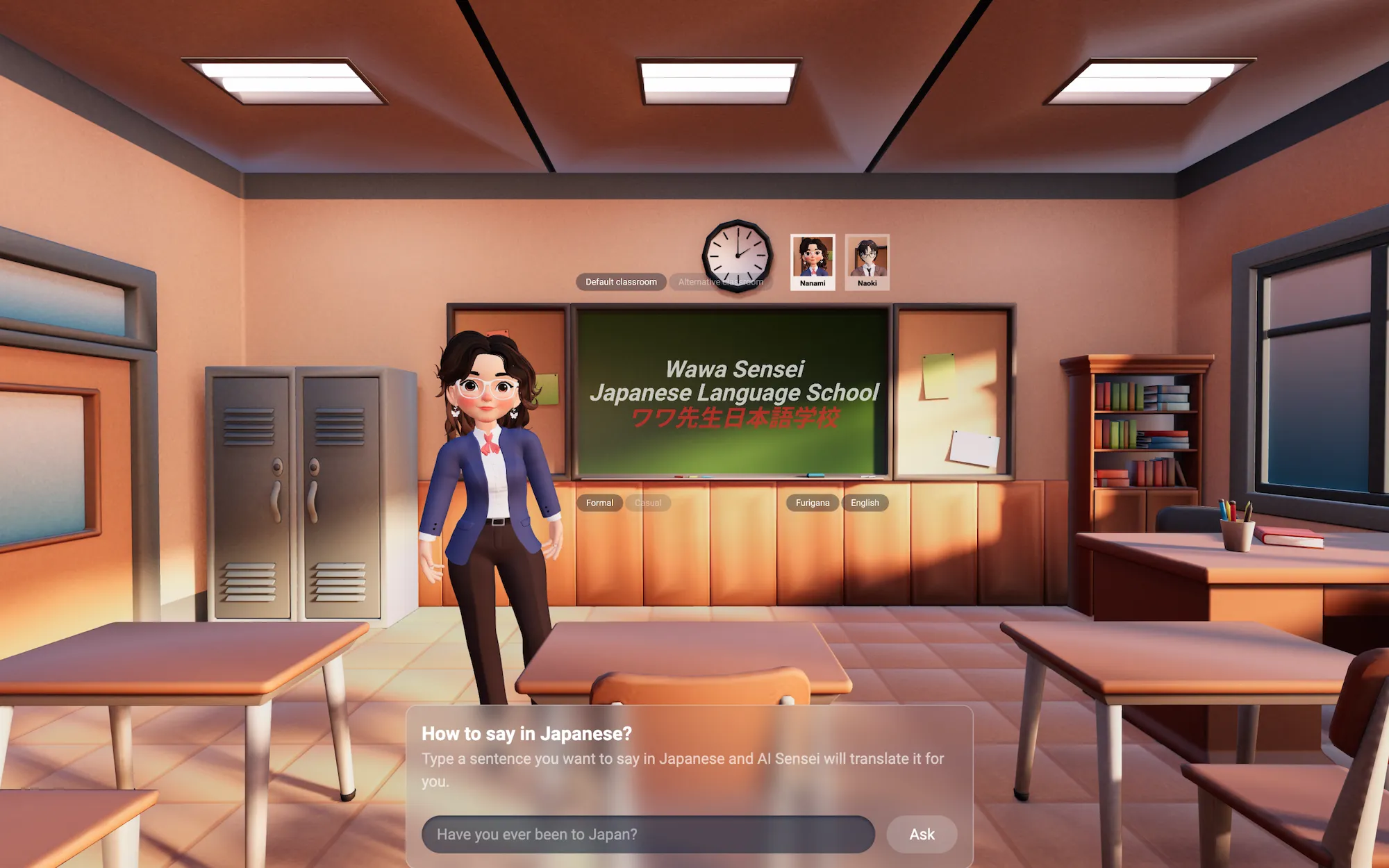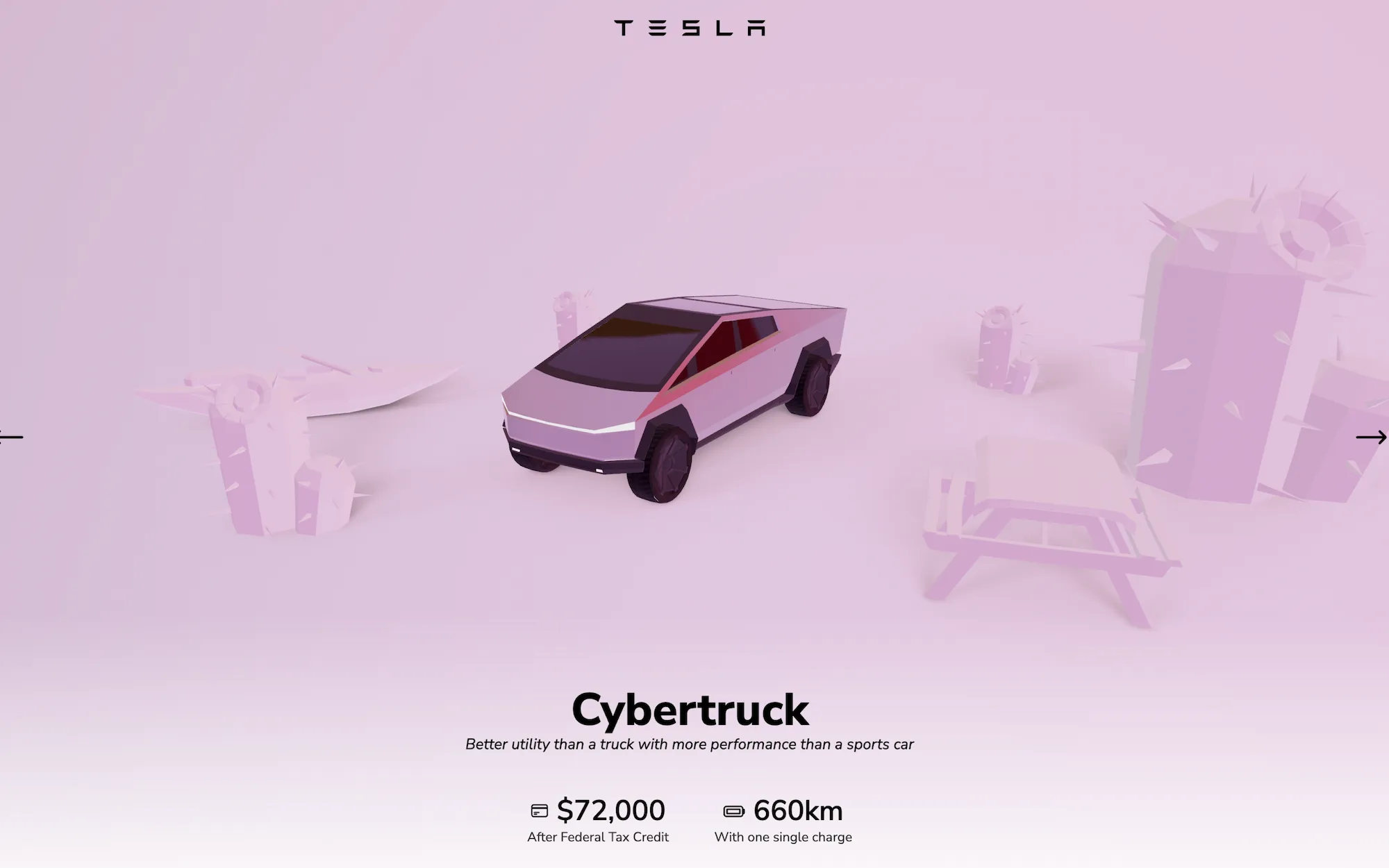What is a 3D website? Explanation for beginners
Wawa Sensei
Nov 22, 2024

From flat pages to immersive digital worlds, here’s what makes a 3D website — and why they’re shaping the future of the web.
🆚 2D vs. 3D Websites
Most websites you use every day — blogs, shops, social platforms — are 2D. They present content like text, images, and videos in a scrollable, flat layout. You view information, click links, and move from one page to another.
But with 3D websites, you don’t just scroll — you explore. These experiences add depth, interaction, and immersion, creating a digital space you can move through, like a virtual environment or game.
🧠 What Makes a Website 3D?
Despite the name, 3D websites don’t need to be fully three-dimensional. They can be a mix of 2D and 3D elements, but they all share a few key features:
-
3D Models: Objects created in 3D software (like Blender or Maya) that can be manipulated and viewed from different angles.
-
Interactive Elements: Users can click, drag, or hover over objects to trigger animations or changes in the scene.
-
Dynamic Lighting and Shadows: Real-time lighting effects that change based on the scene and user interactions, adding depth and realism.
-
Animations: Objects can move, rotate, or change shape in response to user actions or events.
-
Camera Controls: Users can navigate the scene using mouse or touch controls, allowing them to explore the environment from different perspectives.
-
Advanced Rendering Techniques: 3D can be used to create advanced sliders, carousels, and other UI elements that feel more alive and engaging.
🎨 Interactive Visual Experience

Learning with a virtual teacher
-
Realistic lighting, textures, and materials
Instead of static images, 3D websites use real-time lighting and rich textures to create scenes that feel tangible — like walking into a showroom or gallery.
-
Explore virtual objects and environments
Imagine rotating a 3D product, zooming into a design, or walking through a digital building — all in your browser.
-
Immersion that feels like a digital world
Users don’t just observe — they experience. This kind of depth and interaction makes content far more engaging.
🕹️ Enhanced User Engagement

3D car slider
-
Real-time interactions make content feel alive
3D websites respond dynamically to user input, allowing people to move around, manipulate objects, or follow interactive stories.
-
Control the experience
From custom camera views to clickable 3D elements, users feel more in control of their journey through the site.
-
Increased engagement and retention
The more engaging your website is, the longer people stay — and the more likely they are to remember your brand or product.
🔧 Powered by Modern Web Technologies
-
Built using WebGL/WebGPU
Technologies like WebGL, WebGPU allows our browsers to render 3D graphics directly, without needing plugins or special software.
Frameworks like Three.js, React Three Fiber and Babylon.js make it easy to create complex 3D scenes that run smoothly in the browser.
-
No plugins or downloads needed
Everything runs natively in the browser — no special software or extensions required.
-
Responsive across devices
Whether on desktop or mobile, 3D websites can be optimized for performance and accessibility.
🎓 Want to Build One Yourself?
If you’re excited by the idea of creating your own interactive 3D website — you can absolutely learn to do it.
Check out my course:
👉 React Three Fiber: The Ultimate Guide to 3D Web Development
In it, I walk you through the process of building fully interactive 3D experiences using React Three Fiber, even if you’re new to 3D or React.
Through project-based learning, you’ll gain hands-on experience with the tools and techniques used to create stunning 3D websites:
-
3D fundamentals
-
Cameras, lights, shadows, and materials
-
How to find, prepare, and import 3D models
-
Interactivity & animations
-
Performance optimization
-
Shaders, VFX & post-processing
-
New technologies WebGPU and Three.js Shading Language (TSL)
Preview of the camera controls lesson
Preview of the image slider lesson
To finish by building a professional 3D website portfolio that showcases your work and skills.
The portfolio we build together in the course!
🧭 Conclusion
3D websites are opening the door to a new kind of digital experience — one that’s immersive, interactive, and deeply engaging. As more businesses and creators seek to stand out online, the demand for 3D web experiences will only grow.
With the right tools and a bit of curiosity, anyone can start building their own.
Start exploring, start building — and maybe, your next website won’t just be seen — it’ll be experienced.
🔗 Want to get started?
Join hundreds of developers learning React Three Fiber today: